| Structure | Name/CAS No. | Articles |
|---|---|---|
 |
Glycerol
CAS:56-81-5 |
|
 |
Sodium hydroxide
CAS:1310-73-2 |
|
 |
3-Ethyl-2,4-pentanedione
CAS:1540-34-7 |
|
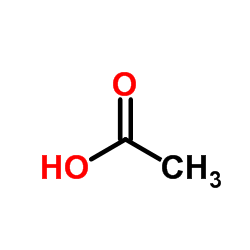 |
acetic acid
CAS:64-19-7 |
|
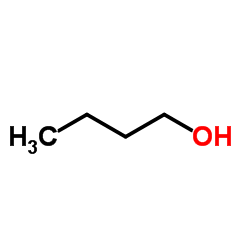 |
Butanol
CAS:71-36-3 |
|
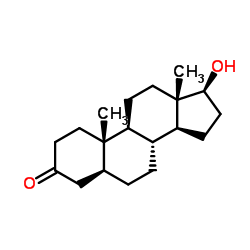 |
Stanolone
CAS:521-18-6 |
|
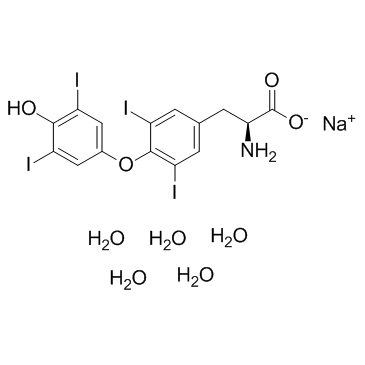 |
Sodium levothyroxine pentahydrate
CAS:6106-07-6 |
|
 |
acetic acid
CAS:1173022-32-6 |
|
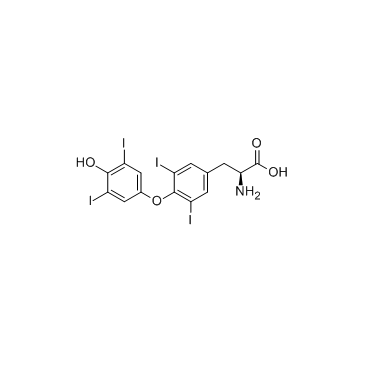 |
L-thyroxine
CAS:51-48-9 |